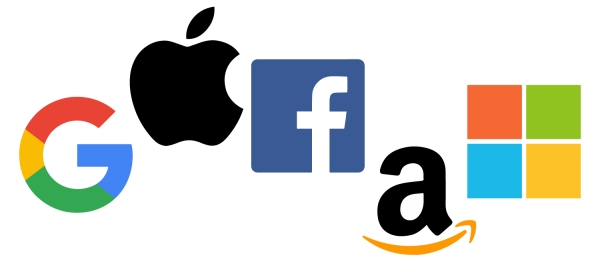What Amy Coney Barrett on the Supreme Court would REALLY mean for the future of tech
Let’s put things in perspective, please.

A few days ago, Protocol published a piece about “What Amy Coney Barrett on the Supreme Court would mean for the future of tech. It is very interesting, but its opening paragraphs miss some essential information. And even the title is a bit misleading. So, I took the liberty to copy some of those paragraphs below, adding the missing information in bold, and starting with the correct title:
What Amy Coney Barrett on the US Supreme Court would mean… for the future of tech WORLDWIDE
Having another Republican justice on the Supreme Court might be good for most businesses. For the global tech industry, it’s more complicated because, whether they want it or not, SCOTUS Justices are not US-only Justices.
Over the next decade, the Supreme Court of the United States will likely be asked to weigh in on issues that shape the future of the worldwide tech industry and political discourse, including US government surveillance on all internet users, U.S. privacy laws that contrast, and sometimes shadow, those of other countries, intellectual property rights, antitrust and content moderation (see previous issues). Its decisions could determine how far the government is allowed to reach into companies like Facebook and Google and what the constitution says about everybody’s digital rights, be they US citizens or not.
There. Now that you have the complete introduction…
the one that puts this nomination in the proper context, you are strongly encouraged to read the whole piece at Protocol, it is good. Before going there, however:
Please note that this is not an “anti-US” post. It is only a reminder that it is too easy (both in and outside the US) to think and speak as if “the US” and “the world” are the same thing, and that such an attitude is misleading and counterproductive (again: for everybody, in and outside the US).
For even more context, before reading the Protocol piece, you may want to read here:
- about the general problem: The unbearable US-ness of online discourse
- about “tech”: No more chips for you
Image source: GAFAM - Tech’s Frightful 5
Who writes this, why, and how to help
I am Marco Fioretti, tech writer and aspiring polymath doing human-digital research and popularization.
I do it because YOUR civil rights and the quality of YOUR life depend every year more on how software is used AROUND you.
To this end, I have already shared more than a million words on this blog, without any paywall or user tracking, and am sharing the next million through a newsletter, also without any paywall.
The more direct support I get, the more I can continue to inform for free parents, teachers, decision makers, and everybody else who should know more stuff like this. You can support me with paid subscriptions to my newsletter, donations via PayPal (mfioretti@nexaima.net) or LiberaPay, or in any of the other ways listed here.THANKS for your support!